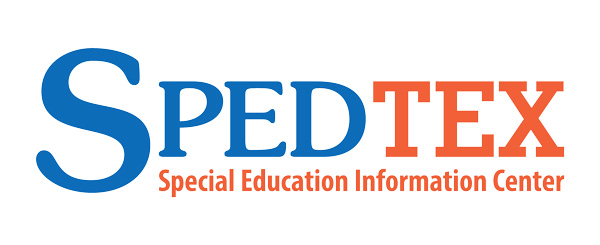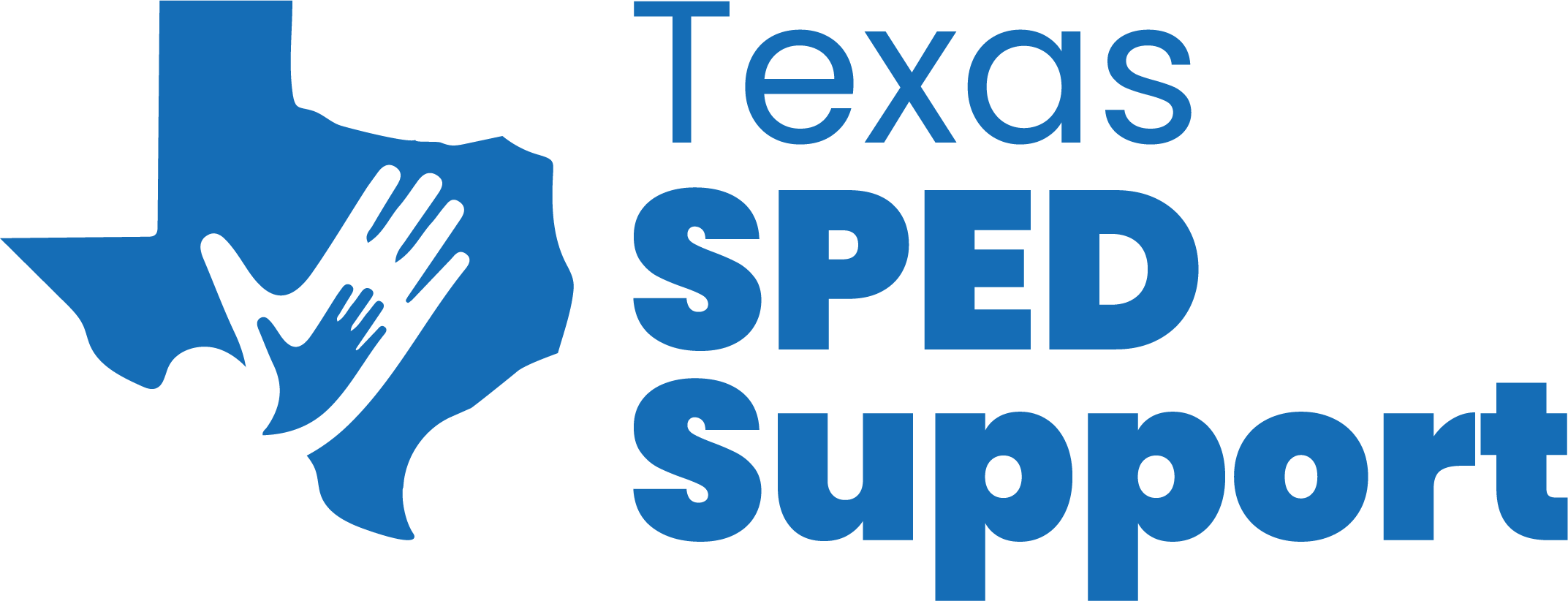Autism
The Individuals with Disabilities Education Act (IDEA) defines autism as a developmental disability significantly affecting verbal communication, nonverbal communication, and social interaction. Other characteristics often associated with autism are: engagement in repetitive activities and stereotyped movements; resistance to environmental change or change in daily routines; and unusual responses to sensory experiences. The characteristics of autism are generally evident before age three, but a child who manifests the characteristics after age three could be identified as having autism if the eligibility criteria are satisfied. Texas has also published Commissioner’s Rules regarding autism eligibility (§ 89.1040).
In the 2023-2024 school year, 125,189 Texas students received special education services due to the disability condition of autism (TEA 2023-2024 Special Education Reports).
Autism Supplement
In recognition of the unique learning needs of students with autism, Texas regulations (§ 89.1055) require that eleven specific strategies be considered and addressed, as practicable and as needed, in the individualized education program (IEP). The consideration of these strategies is documented in a portion of the IEP referred to as the Autism Supplement and must be based on peer-reviewed, research-based educational programming practices. TEA has provided guidance related to the Autism Supplement.
TEA Autism Resources
TEA provides access to professional development, technical assistance, and resources for educators who serve students with autism. TEA maintains the Texas SPED Support website, which includes resources and online courses related to autism and other special education topics.
Autism-specific courses on Texas SPED Support range in length from 30 minutes to six hours and are available to the public at no cost. The video library on Texas SPED Support contains expert interviews, teacher interviews, parent interviews, and videos of strategies in action. The videos are beneficial for administrators, community members, paraeducators, parents, related-service providers, students, support staff, teachers, and anyone interested in autism.
Other autism-specific resources on TEA’s Texas SPED Support website include:
The Autism Toolkit that provides access to specific, user-friendly tools and techniques for students with autism.
Evidence-Based Practices (EBPs) for Students with Autism webinar series as identified by the National Professional Development Center (NPDC) on Autism Spectrum Disorder.
The Autism Circuit Academy (ACA): The ACA endorsement programs are comprehensive professional development designed to help Texas educators acquire and effectively implement EBPs for teaching students with autism. The ACA is committed to building district capacity by increasing the number of educators in the state who are skilled in effectively educating individuals with autism. A valuable element of coaching is included in the ACA programs and provided by Education Service Center (ESC) staff. The training is free for educators across Texas who are employees of a local education agency.
The Texas Autism Resource Guide for Effective Teaching (TARGET): The NPDC and the National Autism Center (NAC) have published systematic reviews of intervention practices for children and youth with autism. TARGET summarizes the work of the NPDC and NAC and reviews additional literature. The site is divided into two sections: evaluations and interventions. The TARGET is designed to assist schools in developing practices from initial referral to program development and implementation with a strong emphasis on research-based and peer-reviewed strategies.
Families: Special Education or IEP-Related Questions?
Phone: 1-855-SPEDTEX (1-855-773-3839)
Educators: Special Education Resources
Office of Special Populations and Student Supports
Department of Special Education:
Email: sped@tea.texas.gov
Department of Review and Support:
Email: ReviewandSupport@tea.texas.gov



